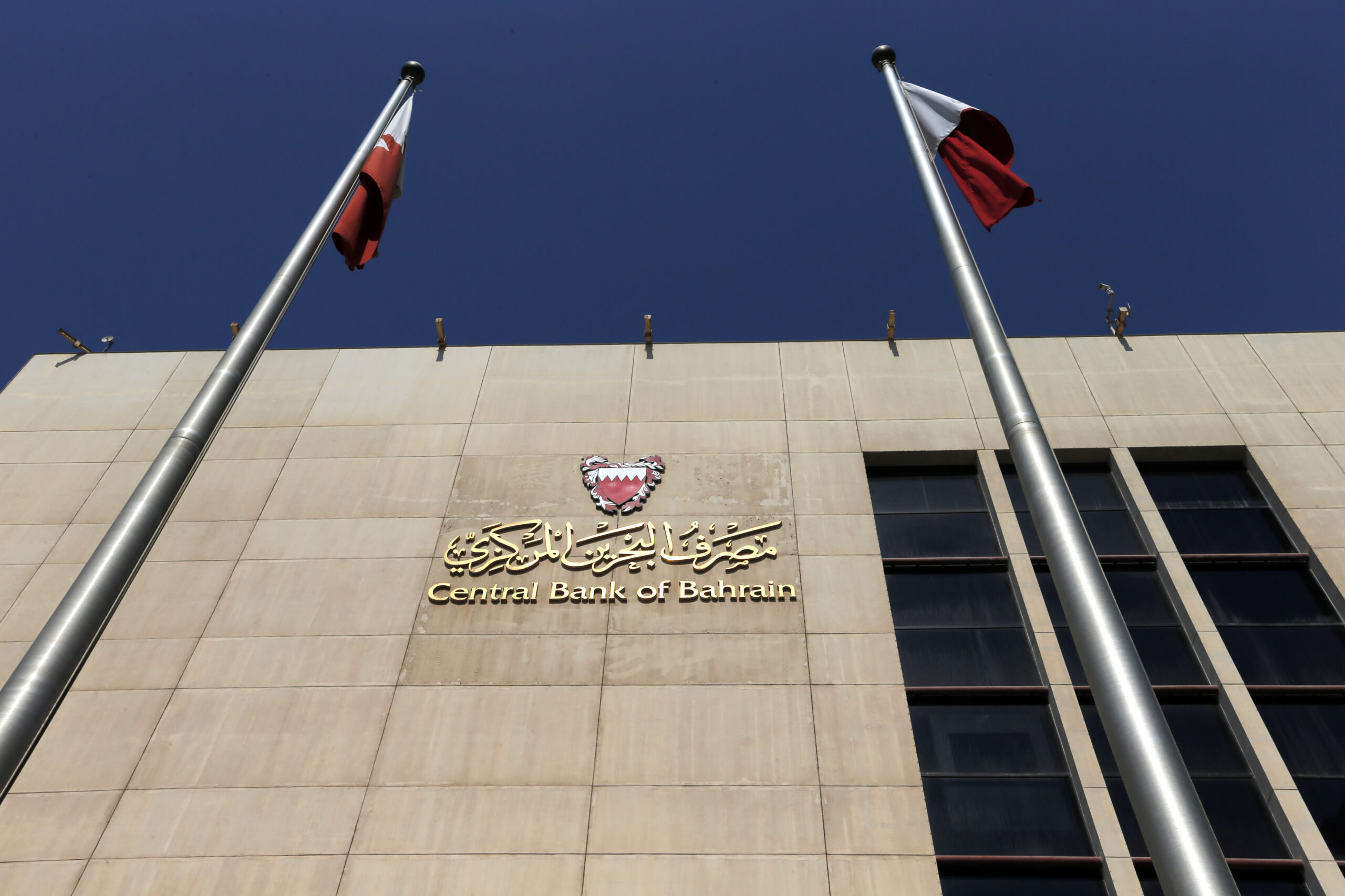Most Gulf central banks lowered their key interest rates on Wednesday in response to the Federal Reserve’s half-percentage-point cut, which was made amid increased confidence regarding inflation.
The Fed’s rate was cut by 50 basis points (bps), with policymakers indicating a potential further reduction of the same amount by the end of the year.
Gulf oil and gas exporters typically align their rate adjustments with the Fed, as most regional currencies are pegged to the U.S. dollar, with the exception of the Kuwaiti dinar, which is pegged to a basket of currencies that includes the dollar.
Despite this alignment, regional economies have largely avoided the high inflation seen elsewhere, as they pursue ambitious plans to diversify revenue sources and enhance non-oil growth.
Saudi Arabia, the largest economy in the region, cut its repurchase agreement (Repo) rate and reverse repo rate by 50 bps each, bringing them to 5.5% and 5.0%, respectively, according to a central bank statement. The United Arab Emirates’ central bank also reduced its base rate on the overnight deposit facility by half a percentage point to 4.90%.
“A Fed rate cut creates a favorable environment for long-term investment and economic diversification in the Gulf,” said Damian Hitchen, CEO of Saxo Bank for the Middle East and North Africa.
“With lower borrowing costs, investments in non-oil sectors like tourism, renewable energy, and technology become more attractive, aligning with the region’s strategic goals to reduce reliance on oil.”
Qatar’s central bank cut three key rates by 55 bps each, while Bahrain reduced its overnight deposit rate by 50 bps. Kuwait lowered its discount rate by a quarter percentage point to 4% from 4.25%.
A Reuters poll conducted in July projected that inflation in the region would average between 1.0% and 3.0% in 2024.










